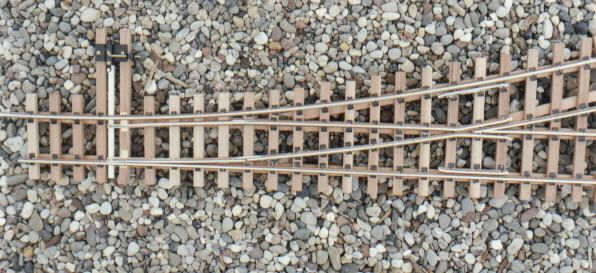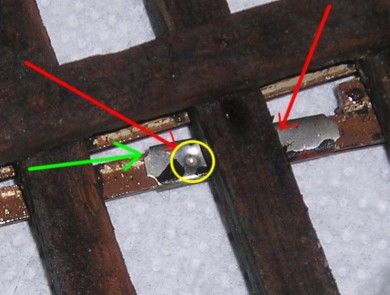Craig Townsend said:
Are you talking about the stock rail, or the point rail? What code track? Turnout size? What type of rail? Are you prebending the rail. Or. letting it curve naturally?
Are you talking about the stock rail, or the point rail? Both, though the point rail seems to be the worst.
What code track? Code 332, both brass (Aristo) and Aluminum (Aristo and Switch Crafters) Brass does not seem be bee affected, my earliest turnouts were brass, and they’ve been out for years, without problem. Curiously, the Aristo Aluminum seems to be doing well. The Switch Crafters rail was out of gauge in a week. I’m sure that it is my fault, something that I missed, hense the query.
Turnout size? # 6, roughly 2.5 feet long.
What type of rail? See above
Are you prebending the rail. Or. letting it curve naturally? Not sure how to answer this. I bend the rail to match the template, then install. The bending occurs after shaping and filing.

